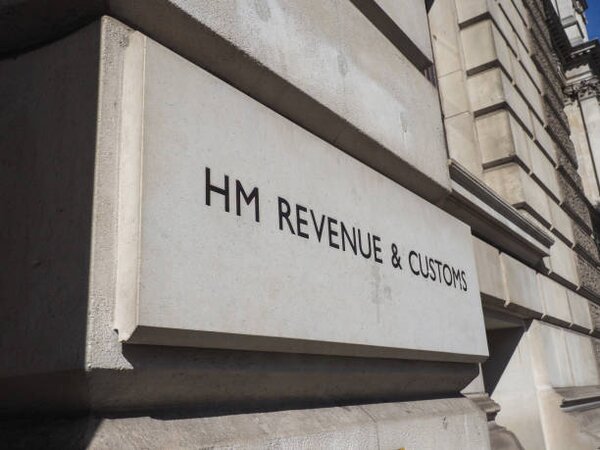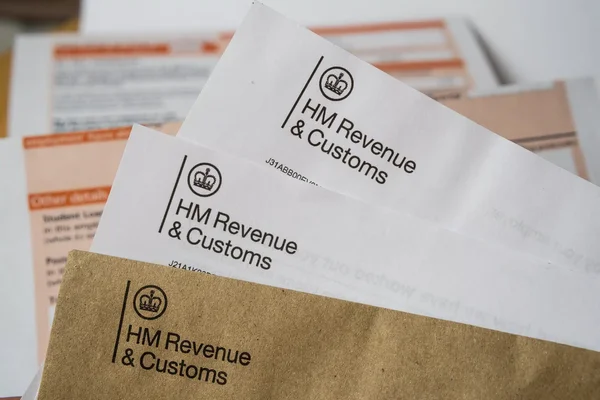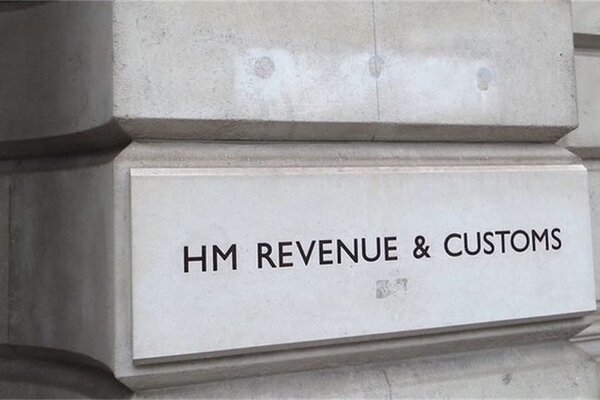Introduction to Balancing Payments

Tax season can be a daunting time for many, especially with the myriad of terminologies that can easily confuse even the most financially savvy individuals. One such term is 'balancing payment'. This comprehensive guide aims to demystify what balancing payments are, their significance, and how they impact your tax settlement.
Balancing payments refer to the amount you owe HMRC if your payments on account outweigh the tax that is due. Essentially, if the estimated tax you’ve pre-paid on account isn’t sufficient to cover the actual tax owed, you’ll need to make a balancing payment. Understanding this crucial aspect of tax settlement helps you avoid any unexpected financial surprises and ensures you stay in good standing with HMRC.
For those navigating this aspect of taxation, the Pie Tax App and assistance from expert tax assistants available on the Pie App can be invaluable. This guide will offer an in-depth look into balancing payments, ensuring you have all the knowledge you need to manage your tax responsibilities effectively.
What is a Balancing Payment?
A balancing payment is an extra amount you owe to HMRC if the tax you have already paid, such as through PAYE or payments on account, is less than your actual tax liability for the year.
This shortfall can occur if your income was higher than expected, or if deductions, allowances, or tax rates changed during the year. HMRC calculates this when you submit your tax return, and the balancing payment is typically due by 31 January following the end of the tax year.


Why is it Important?
Understanding balancing payments is crucial to avoid unexpected bills and potential penalties from HMRC. By staying informed about your tax obligations and ensuring you pay the correct amount throughout the year, you can prevent last-minute surprises.
Proper planning, such as regularly reviewing your income and making accurate tax estimates, can help you stay on top of your finances, ultimately saving you both time and money while ensuring compliance with HMRC regulations.

According to recent HMRC data, 92% of taxpayers met their tax deadlines in 2022. Understanding terms like balancing payments ensures you stay compliant.Tax Compliance

In 2022, 14% of taxpayers faced payment shortfalls requiring balancing payments, underlining the importance of accurate tax forecasting.Payment Shortfalls

Steps to Calculate Balancing Payments
To calculate your balancing payment, start by determining your total taxable income for the year. Deduct any allowances and reliefs to find your taxable amount. Then, use the relevant tax bands to compute your tax liability. If your pre-paid tax on accounts is less than your liability, the difference is your balancing payment. For exact calculations and personalised advice, utilising the Pie Tax App can streamline this process considerably.
It’s a good idea to keep accurate financial records throughout the year so you can estimate your tax more accurately. By recording income and allowable expenses on an ongoing basis, you won't face the uncertainty that leads to substantial balancing payments. Furthermore, you can make mid-year adjustments to your payment on account if you foresee a significant change in your financial circumstances.
How to Settle Your Balancing Payment
Once you've determined the amount of your balancing payment, you can make the payment directly through the HMRC website or via a BACS transfer. It’s important to pay promptly to avoid any late payment penalties. If you foresee challenges in meeting the payment deadline, it's advisable to contact HMRC at the earliest opportunity to discuss setting up a payment plan.
To avoid large balancing payments in the future, consider updating your payments on account to reflect more accurate estimates of your income. This proactive approach helps spread the cost of your tax liability over the year, preventing the accumulation of a significant balancing payment at the end of the tax year. Accurate planning and regular reviews of your financial situation can save you from unexpected bills and cash flow issues.

Strategies for Accurate Estimations

Seek advice from a tax expert to ensure accurate estimations of your income and reliefs for the tax year.Consult a Tax Expert

Accurate income estimates help minimise large balancing payments, reducing the likelihood of unexpected tax liabilities.Reduce Balancing Payments

Keep your financial records up to date. Tools like accounting software or the Pie Tax App can streamline this process efficiently.Maintain Updated Records

Tax Refunds
Did you know? Tax refunds aren’t uncommon. In fact, due to overestimated payments on account, many taxpayers find themselves owed money. This is essentially the reverse of balancing payment scenarios. Using the Pie Tax App, you can easily check if you’re due for a refund and apply for it effortlessly.
Dealing with Balancing Payment Stress

If the idea of a balancing payment stresses you out, you're not alone. Consulting with expert tax assistants available on the Pie App can offer professional guidance tailored to your specific circumstances. Their expertise can help simplify complex tax codes, making it easier for you to understand what you owe and why.
Moreover, having access to professional advice ensures you're not missing out on potential reliefs or allowances that could lower your tax burden. Regular consultations can help preemptively catch any discrepancies in your tax planning, offering peace of mind throughout the year.

Detailed tax planning throughout the year, instead of awaiting the tax season, can drastically reduce the likelihood of balancing payments. This involves regular tracking of income and expenses. Using the Pie Tax App for these tasks can make planning seamless.Tax Planning Tips

Maintaining meticulous financial records helps in accurate tax forecasting. Keeping records up-to-date reduces the risk of under or overpayment when it's time to settle your taxes. The Pie Tax App offers tools to streamline record-keeping.Importance of Financial Records
Summary
Balancing payments might seem like an unwelcome surprise, but they don't have to be. By understanding how they work and planning accordingly, you can manage your taxes more effectively. Keeping accurate records and making use of tools like the Pie Tax App ensures that you're well-prepared, and the guidance from expert tax assistants on the Pie App can significantly ease the process. Remember, proactive tax management is the best way to avoid unexpected financial burdens.
Frequently Asked Questions
What exactly is a balancing payment?
A balancing payment is an additional tax payment required when your pre-paid tax (payments on account) falls short of your actual tax liability for the year.
How are balancing payments calculated?
Balancing payments are calculated by determining your total tax liability for the year and subtracting the tax already paid on account. Any shortfall is your balancing payment.
When is a balancing payment due?
Balancing payments are typically due on 31st January following the end of the tax year. Timely payment is crucial to avoid any penalties.
What happens if I can't pay my balancing payment?
If you're unable to pay your balancing payment, it's vital to contact HMRC immediately to discuss a payment plan and avoid potential penalties.
Can I avoid balancing payments in the future?
While you can't entirely avoid balancing payments, accurate income estimation and adjusting your payment on account can minimise substantial balancing payments. Using the Pie Tax App can help make this process easier.










